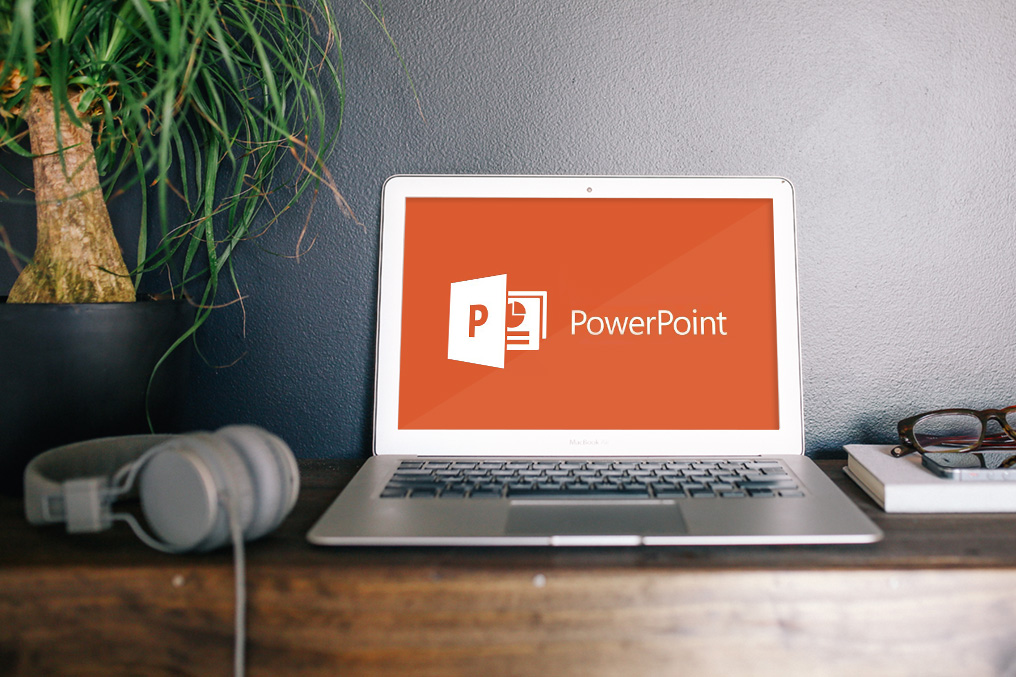If you are like most small business owners, a well-designed PowerPoint deck can be a powerful tool in your digital marketing and business development toolbox. Most PowerPoint presentations I have encountered, however, are poorly designed and were developed as a crutch rather than a presentation aid.
While you may be included in the group of culprits who have committed a PowerPoint crime or two, there is hope for you yet. The following rules and principles will help you develop a presentation that is clear, informative, and worth remembering.
Before you start designing your PowerPoint…
Outline your presentation beforehand and note which information would benefit from visualizations and anecdotes. Indicate what information should be shown and what information can simply be stated verbally. Remember that your presentation is a visual aid. Do not include, in written form, every single point you are trying to make on your PowerPoint. The most effective PowerPoint presentations minimize text content and maximize imagery. Use the images as prompts for telling your story and creating an enjoyable experience. The last thing you want is for your audience to spend more time reading your slides than listening to what you are actually saying.
Layout
- Make a template in master pages and include a title slide, content slide and section break to establish consistency.
- Consider other master slide treatments like quotes, graphs, charts, and images.
- If you can, avoid using the templates that come with PowerPoint. Create something that is unique and has the look and feel of your brand.
- Pace your content. Avoid filling an entire slide with content.
- Less is more. Always pare down your content to the key points. (You can always make use of the Presenter notes section to save additional info to discuss that may not be need to be visualized on screen.)
- Don’t be afraid of using white-space. It helps make content more easy to consume.
- If you must use a bulleted list, keep the number of list items to fewer than seven (7) and keep the phrases short.
Typography
- Establish consistent hierarchy for titles, subtitles and paragraph text.
- Avoid using novelty fonts. Use a font that compliments your brand and is easy to read. Worst font offenders: Papyrus, Comic Sans & Brush Script.
- My go-to Microsoft font choices include: Helvetica, Arial, Georgia, Franklin Gothic and Century Gothic.
- My go-to Google font choices include: Lato, Open Sans, and Roboto.
- Avoid using small point size fonts below 18pt to ensure readability from your audience.
Design
- Select a color palette that is based off your brand and complimentary to your logo.
- Keep it clean and simple. Remove unnecessary drop shadows and gradients from shapes and elements.
- Incorporate the principles of design: balance, contrast, emphasis and variety.
- Use appropriate imagery (try stocksy.com) and iconography (try nounproject.com) to emphasize key points. Avoid pixelization or stretching images – This is a quick way to look unprofessional.)
- Use textures and backgrounds only if they work with your brand and do not distract from your content.
Ready to resurrect your PowerPoint and start designing like a pro? Don’t have the time to make your own? Contact K Design Co. for an beautiful and branded custom slide deck template.














